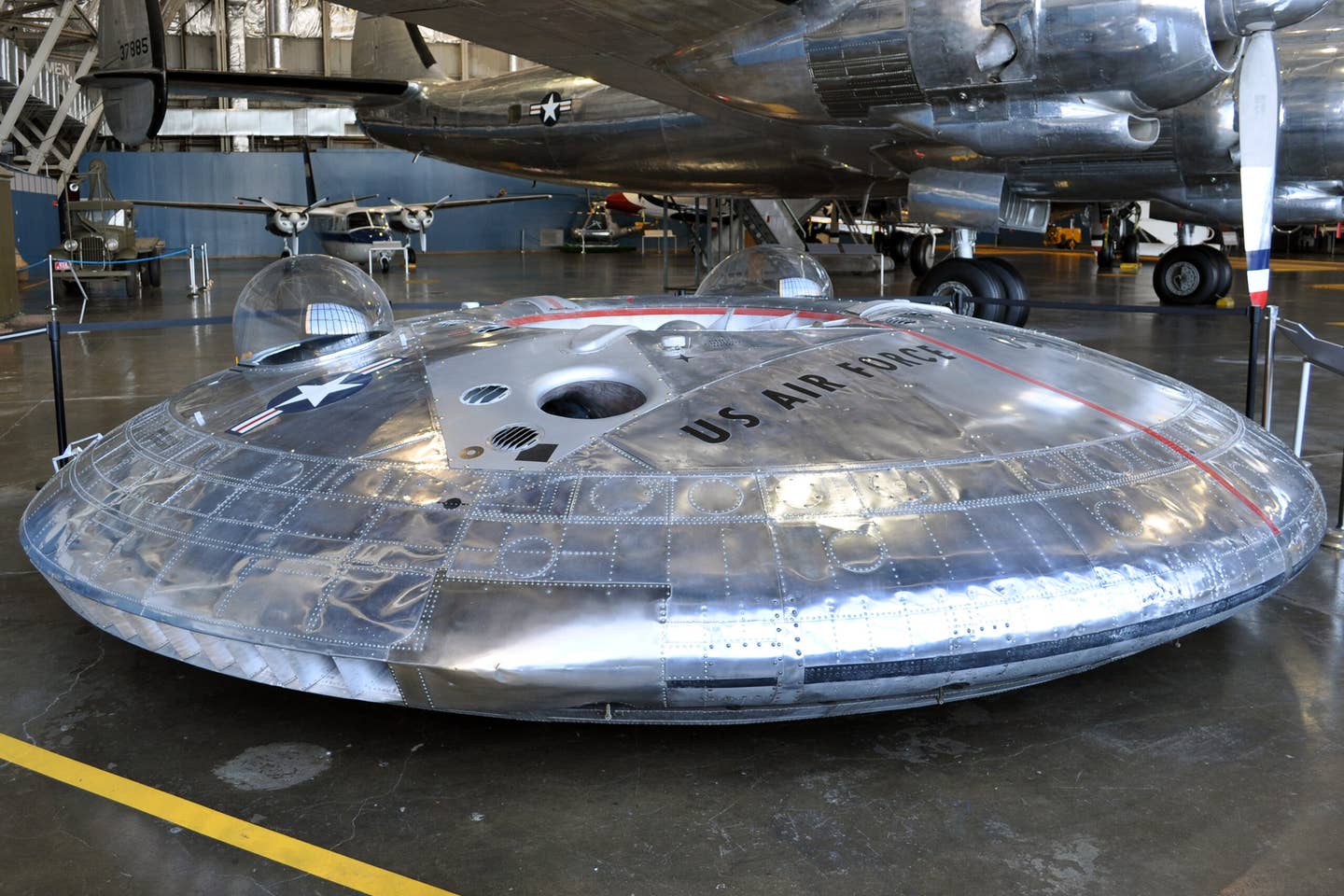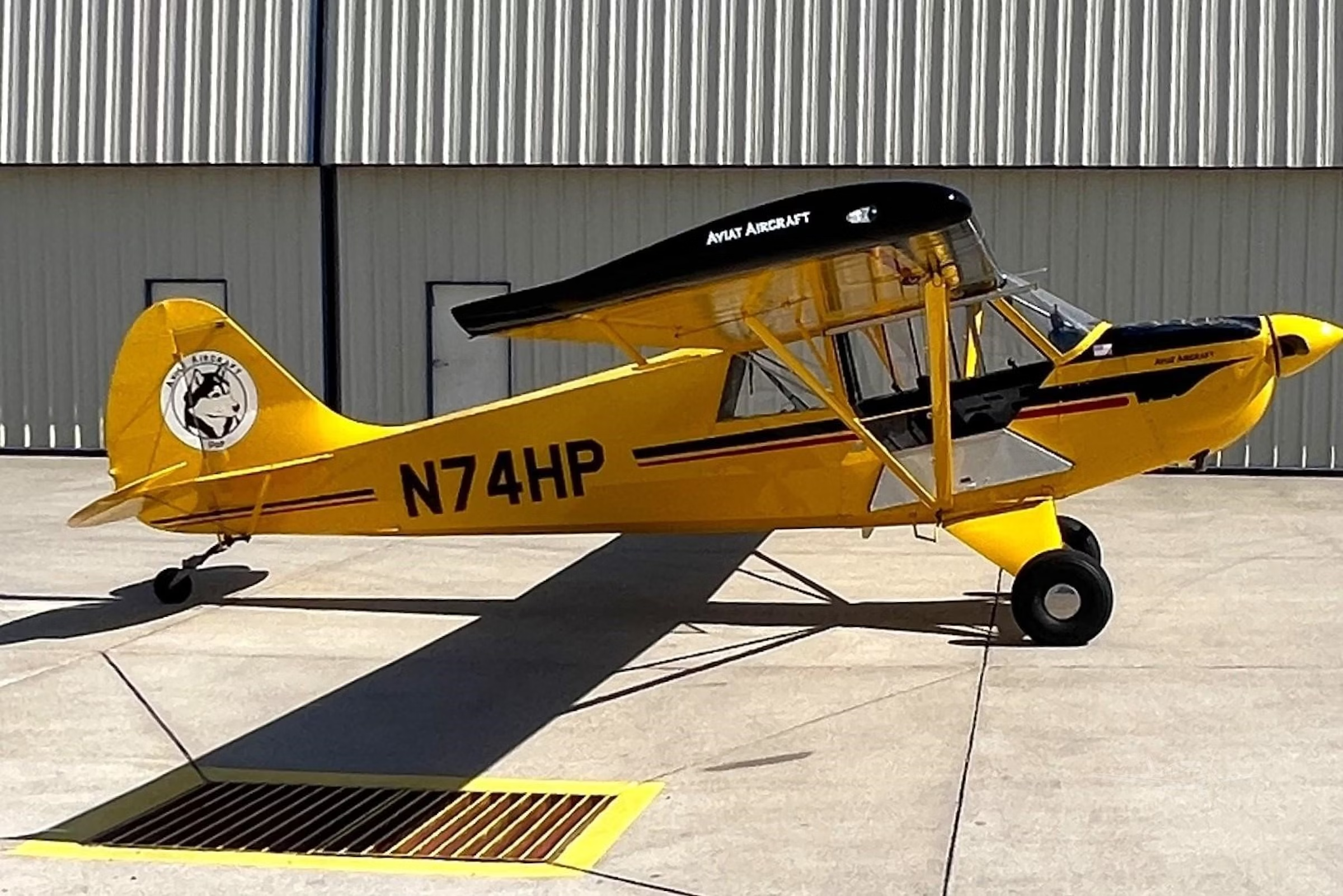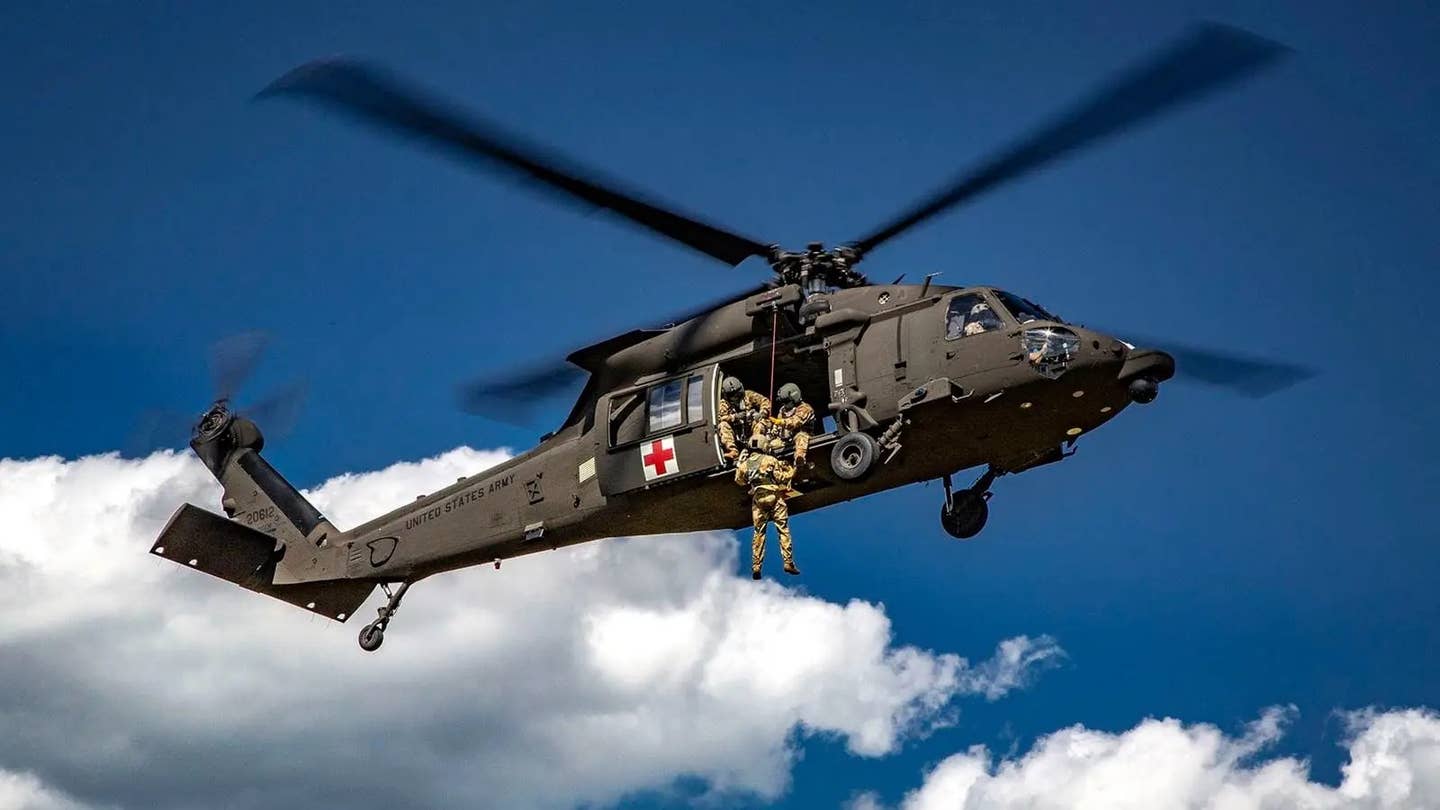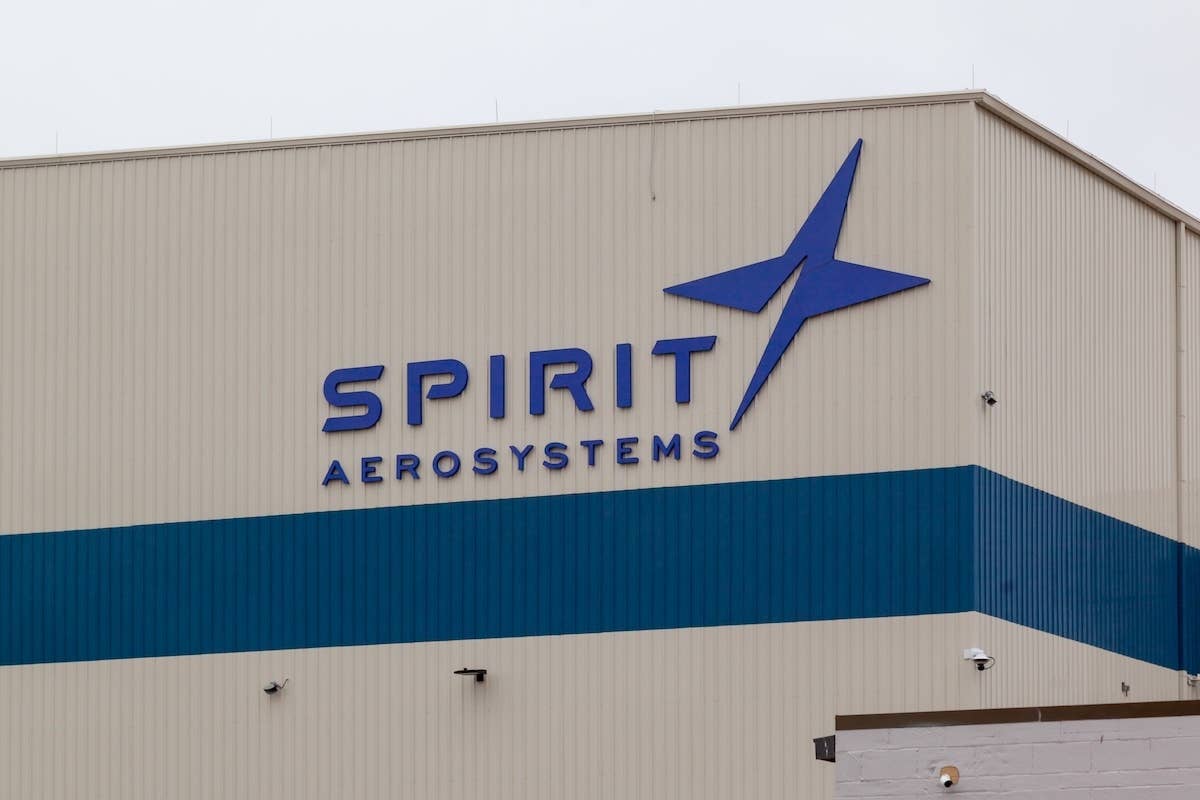Avro Canada VZ-9 Avrocar: Resembling a Small Flying Saucer, It First Flew in 1959
Experimental, jet-powered, vertical takeoff and landing (VTOL) vehicle was scrapped mainly because of its instability.

An Avrocar on display at the National Museum of the U.S. Air Force in 2010, when it was displayed in a separate annex and illuminated in natural light. [Courtesy: Jason McDowell]
For the most part, Canadian manufacturers have produced the kinds of aircraft one might expect from a northern country with vast, rugged wilderness, harsh winters, and a large number of unimproved airstrips. Aircraft like the Noorduyn Norseman and the iconic de Havilland Canada DHC-2 Beaver have established the country as a legendary producer of tough, capable bushplanes that are just as happy on skis or floats as they are on wheels.
But not all Canadian aircraft manufacturers have always fit this mold, least of all the Avro Canada Corp.
While other Canadian manufacturers were focused on servicing remote airstrips and hauling goods into and out of the frozen north, Avro Canada instead focused on developing things like fighter jets, supersonic interceptors, the world’s first jet airliners, and this unusual creation, the VZ-9 Avrocar, an experimental, jet-powered, vertical takeoff and landing (VTOL) vehicle.
The program was initially funded by the Canadian government in the early 1950s as a study into the potential of a new category of supersonic VTOL aircraft. Before long, it was determined to have become too costly, and the effort was abandoned. But by that point, the U.S. Air Force had taken notice and ultimately provided the necessary funding for Avro Canada to construct and fly a proof-of-concept aircraft.
The resulting VZ-9 first flew in 1959. Resembling a small flying saucer, the Avrocar was only 18 feet in diameter, only half the wingspan of a Cessna 172. Despite its small size, it was equipped with two cockpits and had maximum takeoff weights of 5,700 to 7,000 pounds, depending on whether it was expected to transition to forward flight outside or within ground effect.
Power came from three Continental J69 jet engines. These were the same type used in the Cessna T-37 Tweet jet trainer and produced 920 pounds of thrust each. These powered a 5-foot-diameter central fan, which drew air in from the top of the airframe. The air was then blended with the turbine exhaust and routed through ducts, where it was fed through edge nozzles for control.
Unfortunately, a lack of stability hampered the Avrocar’s progress. Most flights were tethered, and unpredictable, uncontrollable oscillations proved insurmountable. The Avrocar proved to be so inherently unstable, it was only ever able to achieve speeds of 35 mph and an altitude of 3 feet.
Even if engineers had solved the stability and controllability issues, the internal ducting robbed much of the engine’s power. Despite many design changes, the total thrust emitted from the exhaust nozzles was not enough to enable hovering outside of ground effect. The lackluster performance and persistent stability issues eventually led to the project's cancellation in 1961.
While recovery from the failure of one program might have been recoverable, the company was already reeling from the Canadian government’s cancellation of the CF-105 Arrow program, which occurred only two years prior. These setbacks, combined with others, ultimately caused the company to cease operations altogether in 1962.
But despite experiencing far more failures than successes in the market, the vision and energy demonstrated by Avro Canada were notable. After all, in a 16-year span, the company employed 50,000 people and developed aircraft ranging from the flying saucers to airliners to Mach 2 interceptors.
So, while other Canadian aircraft manufacturers might be best remembered for their utilitarian bushplanes, Avro Canada is perhaps best remembered as the starry-eyed, science-fiction-obsessed kid of the 1950s—a company whose business acumen paled in comparison to its innovation and enthusiasm for cutting-edge, futuristic aerospace concepts.

Sign-up for newsletters & special offers!
Get the latest FLYING stories & special offers delivered directly to your inbox






